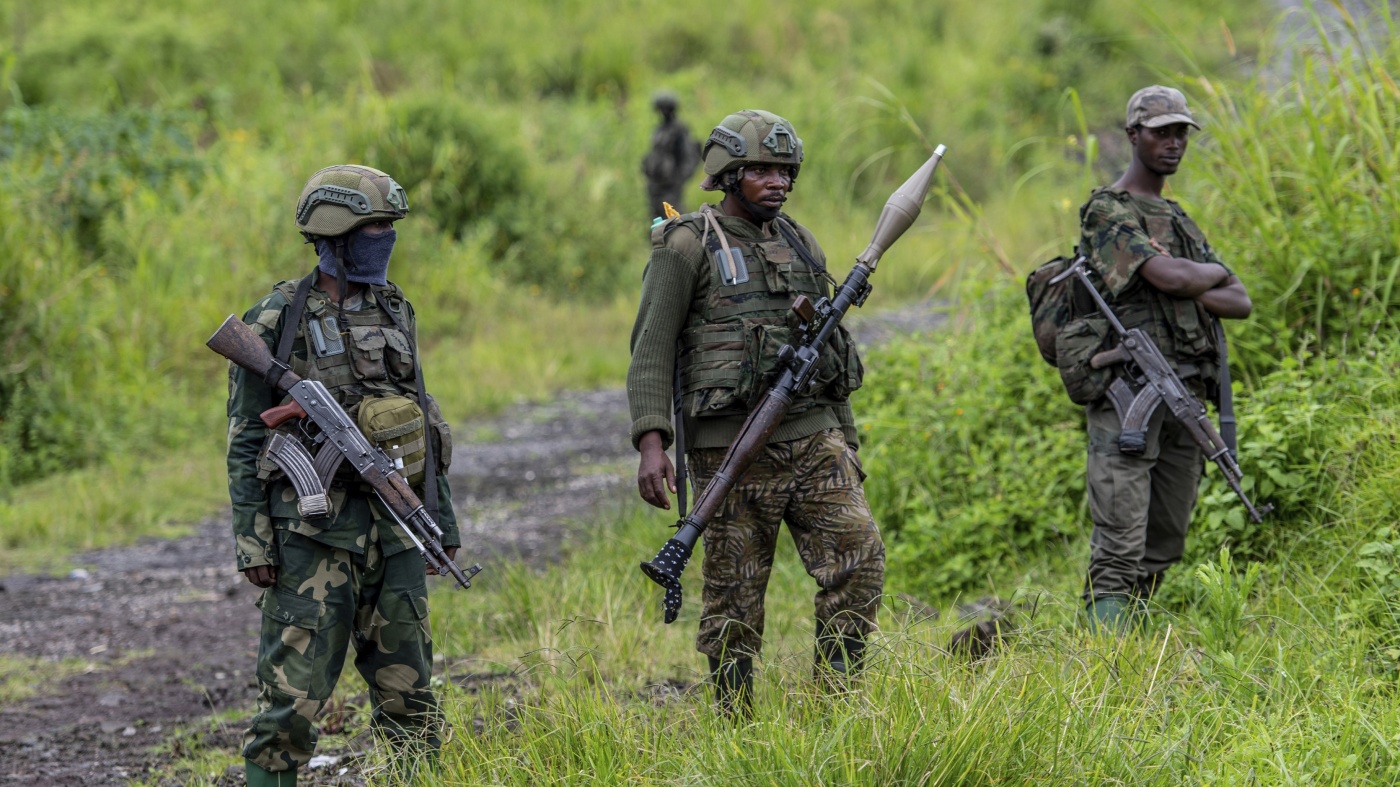The drill is familiar for most airline passengers: how to buckle up your seat belt, put on the oxygen masks and use the seat cushion as a flotation device. What they don’t tell you is what to do if you suddenly find yourself in an upside-down aircraft.
For the passengers of a Delta flight on Monday, that suddenly became an extremely crucial detail.
Expert engineering, the size of the aircraft and seatbelts all likely played a factor in protecting people aboard a passenger jet that flipped over at a Toronto airport, experts said Monday, the latest in a string of high-profile crashes that have raised questions about aviation safety.
The plane, a Bombardier CRJ900 aircraft, flipped upon landing at Toronto Pearson International Airport. All 80 people aboard were evacuated, according to Delta. Seventeen injuries were reported, most of them ranging from minor to moderate.
While it is extremely rare for an aircraft to flip on its back, they are engineered to handle it, said Mike McCormick, associate professor and program coordinator for air traffic management at Embry-Riddle Aeronautical University in Daytona Beach, Florida.
The structural elements of an aircraft are designed so that the wings and the tail will break off and away in the event of a tip over, McCormick said. The seats are designed to withstand impacts up to 16 times the force of gravity, so they will remain in place when the plane is upside down.
That’s why people are asked to be strapped in at takeoff and landing, he said. “Absent any loose things flying around the cabin, the seats are designed to keep the passengers strapped in.”
Scenes showing the cabin crew swiftly evacuating the passengers out of the aircraft are a testament to their training, McCormick said.
“Most people think of them as flight attendants serving refreshments and answering questions. Where they really perform their true function is during experiences like this when their experience and training comes into play.”
Despite the high profile crashes this year, “we are in the safest time in aviation history,” McCormick said.
Small size of plane cushioned the fall
Arnold Barnett, a leading aviation safety expert and statistics professor at the Massachusetts Institute of Technology, told USA TODAY he was surprised to see the plane flip over, noting the crash could add to flight anxiety after recent crashes near Washington D.C., in Alaska and Philadelphia.
Barnett said the plane going belly up was akin to a “horrible rollercoaster,” but the small size of the plane and use of seatbelts likely helped minimize injuries.
“It’s the kind of thing that can be, to say the least, unnerving,” he said, but would not necessarily cause serious injuries.
The CRJ900 jet’s cabin height is roughly 6 feet, which meant people didn’t have far to fall when it overturned, Barnett said.
Fire danger spurs speedy evacuations
Najm Meshkati, professor of engineering and expert of aviation safety at the University of Southern California, said the biggest concern in any plane crash on land is the risk of a fire igniting. He cited a recent disaster in South Korea that killed 179 people when a commercial plane veered off the runway, slammed into a wall and burst into flames.
The fire risk Monday likely prompted speedy evacuations. Meshkati noted the flight crew acts as another layer of protection for passengers by ensuring a quick and orderly exit, which may have saved lives.
Hassan Shahidi, president and CEO of the Flight Safety Foundation, lauded the first responders on the ground at the airport.
“They were there immediately dousing the aircraft with fire resistant foam,” he said. “The Toronto Airport is known for being on top of these emergency type situations.”
Their training was also “very visible” on Monday, with emergency crews arriving moments after the crash, he said.
“All these things are very important in today’s accident that passengers were able to walk out of that airplane without any fatalities.”
Shahidi also lauded the actions of the cabin crew “under very difficult circumstances,” that they were able to help the passengers get out from the exit doors and the exit doors were operable. He noted crew members go through rigorous training for emergency evacuations, including in unusual circumstances such as a flipped aircraft.
From a design perspective, the aircraft are engineered to withstand all different sorts of pressures.
“They are put through extreme stress tests to look at all sorts of different scenarios to ensure they’re safe,” Shahidi said.
It’s remarkable the passengers were well enough to stand and walk out of the plane, Shahidi said.
“We’re thankful and grateful that there were no fatalities and people were actually walking out.”
Contributing: Zach Wichter, Nathan Diller and Thao Nguyen; USA TODAY


